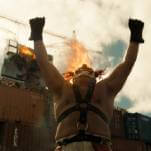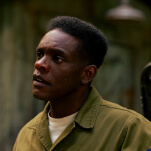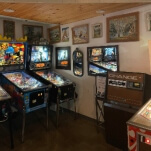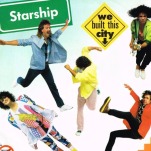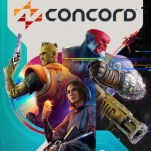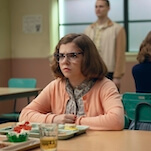Rise from your grave: 6 classic Sega games that deserve a revival

Yesterday, word got around that Sega, the Japanese gaming stalwart that famously did what Nintendon’t, is looking to revive some of its dormant properties. As a founding member of the games industry that was never afraid to put its name on some truly bizarre releases, Sega has a wide catalog of memorable, long-ignored series ripe for resurrection. So we had to ask: What classic Sega game would you revive?
Like a lot of people, I first encountered Bonanza Bros. through the terrific Xbox 360/PlayStation 3 anthology Sonic’s Ultimate Genesis Collection. As with a lot of titles on that lovely little disc, I was shocked to find something quite so complex floating around the company’s back catalog: a 2-D stealth platformer that was about heisting loot with a co-op partner, rather than just killing bad guys. That sort of ambition is slightly more common now than back in 1990, when the loot-loving Robo and Mobo first showed up in arcades, but Bonanza’s uniquely frenetic take on the sneaky thief mold still deserves a second glance. To resurrect it, we’d stick with the side-scrolling look, but correct the original’s biggest headaches by swapping in more responsive platforming controls and much bigger locales to case. Meanwhile, I can imagine all sorts of fun traps to set (and opportunities for your partner to ambush your foes and help you out), but the key will be retaining the quick-paced, cartoonish vibe that made the original such an unexpected delight.
I was a Nintendo kid back in the days when blind corporate allegiance was cute, so I never had a chance to play Beyond Oasis until it showed up for sale on the PS Vita. A top-down action role-playing game released late into the Genesis’ lifecycle, Beyond Oasis drew ample inspiration from The Legend Of Zelda: A Link To The Past and Secret Of Mana. The game distinguished itself with a light sprinkling of Arabic influence (light being the operative word; you play as Ali, who looks like Saved By The Bell’s Zack Morris in sirwal trousers), large expressive characters, and dramatically staged bosses. Updating the game wouldn’t take much. Instead of some big AAA release, you could keep it modest to better maintain a classic, lighthearted feel. And why not go all-in on the Persian setting by giving the game a Thousand And One Nights storybook phantasmagoria using classic Middle-Eastern monsters like djinns, manticores, and ghouls? You could even keep the game’s top-down perspective and fill it with environmental puzzles based around the intricate geometry of Persian architecture. Trying to keep up with all the tinkering and refinement the Zelda series has done over the past 26 years would be foolish. Instead, why not bring Beyond Oasis slightly into the present while still retaining the best qualities of a genre that’s fallen to the wayside?
The problem with reviving classic games is that the new version has to be better than the original to avoid being anything but a disappointment. That’s why my pick for a classic Sega game worthy of a revival is one that was never all that good in the first place: Altered Beast. The original was about a buff dude kicking monsters and then transforming into a badass dude/animal hybrid, but the lousy gameplay kind of wasted that cool premise and the game’s weird, Greek mythology-inspired aesthetic. That means Sega would be free to put a new spin on it for a revival, like by turning it into Dark Souls-style 3-D action game where you’re a buff dude who brutally slaughters enemies to steal their beast energy. You become more buff as you kill more enemies, and once you have enough energy you can transform into a dude/animal hybrid with rad superpowers. Ideally, the revival would retain the exact same voice samples from the original, because it just wouldn’t be Altered Beast without “Rise from your grave!” and “Welcome to your doom!” screeching out of the TV.

